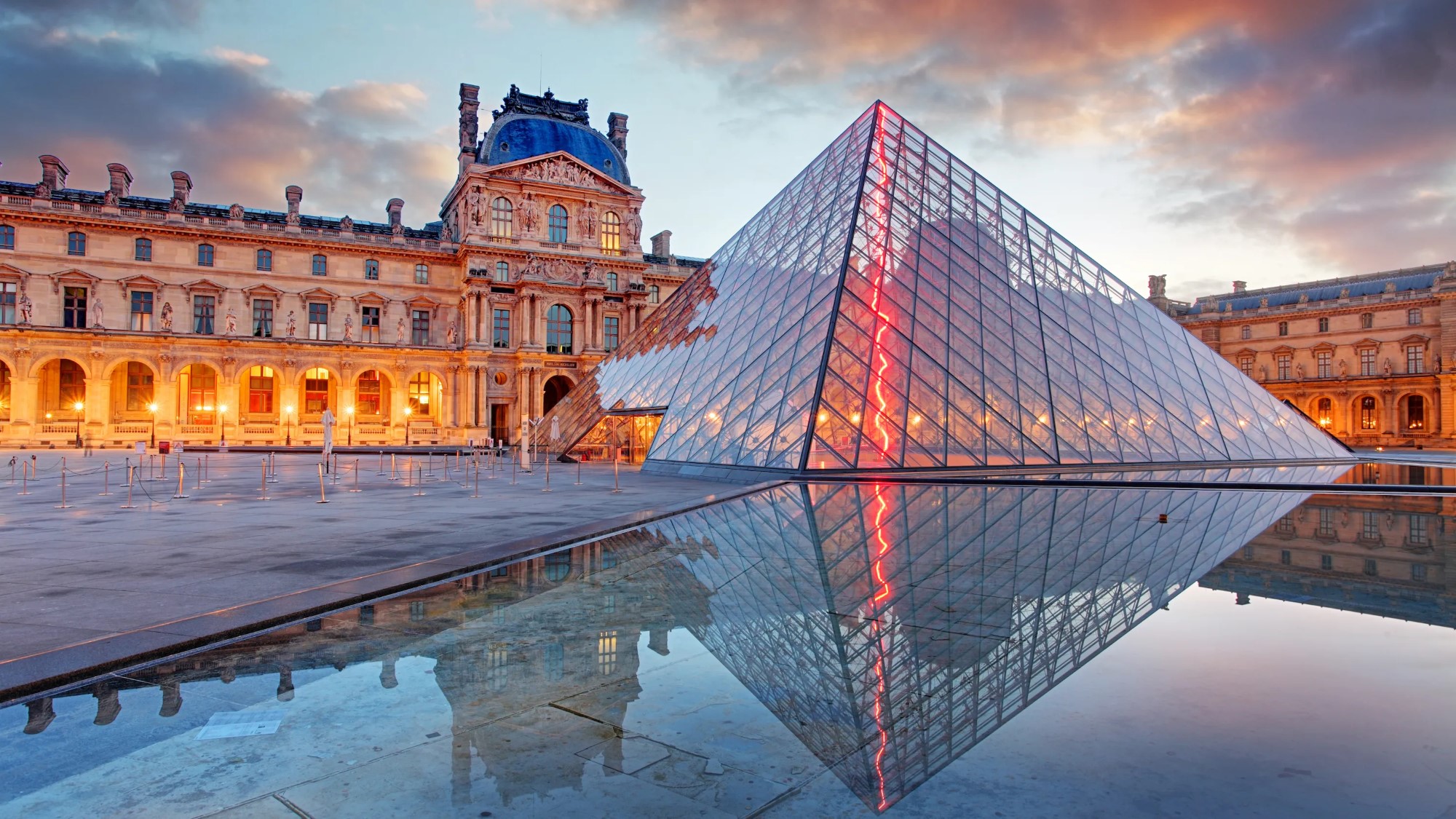Light is considered the fourth dimension of architecture, and as such, it plays a critical role in showcasing art in a museum or art gallery. Proper lighting can enhance the aesthetic appeal of artworks, highlight important details, and create a more immersive experience for visitors. In this article, we will discuss some essential tips for lighting a museum or art gallery and highlight successful lighting design examples.
The right lighting can make all the difference in how artwork is perceived. Light can bring out the colors, textures, and details of a piece, allowing visitors to appreciate it in all its glory. It can also create a mood or atmosphere that enhances the overall experience of the exhibit.

Here are some tips on how to properly light a museum or art gallery:
1.Determine the Type of Lighting Needed
Different types of artworks require different lighting techniques. For example, sculptures may need overhead lighting to showcase their three-dimensional form, while paintings may require more subtle lighting to highlight their colors and textures. Therefore, it’s essential to determine the type of lighting needed for each artwork or exhibit.
2.Use the Right Color Temperature
The color temperature of light can affect how artwork is perceived. Cool white light can make colors appear more vivid, while warm white light can create a more cozy, intimate atmosphere. It’s important to choose the right color temperature for each exhibit to enhance its aesthetic appeal. Warm light colours such as 3000K are suitable for warm-toned materials such as wood, whilst cool light colours such as 4000K are better for surfaces with a cooler feel, such as steel and aluminium. Using coloured light from RGBW luminaires, the surroundings can be designed and trans[1]formed with either subtle or dramatic contrasts.
3.Use Dimmers
Dimmers allow you to adjust the intensity of the light, which can help create different moods and atmospheres. They can also help protect artwork from light damage by reducing the amount of light exposure over time. Dimming also helps prevent paintings from being damaged by exposure to light over time. Moreover, when new art pieces are presented, dimming can be adjusted accordingly.
Examples of Successful Lighting Design
The Louvre Museum in Paris is an excellent example of successful lighting design. The museum uses a combination of natural and artificial light to showcase its artwork. The natural light from the glass pyramid entrance creates a dramatic effect and illuminates the sculpture in the main courtyard. Artificial light is used in the galleries to create a more intimate, immersive atmosphere, with carefully placed light fixtures highlighting the details of the artwork.
Another example is the Tate Modern in London. The museum uses a combination of overhead and accent lighting to showcase its artwork. The accent lighting is carefully positioned to highlight the colors and textures of the artwork, while the overhead lighting creates a more general, ambient atmosphere.
Conclusion
Lighting is a critical aspect of showcasing artwork in a museum or art gallery. By using the right techniques and technologies, you can enhance the aesthetic appeal of the artwork and create a more immersive experience for visitors. Remember to consider the type of lighting needed for each exhibit, use the right color temperature, and take advantage of tools such as dimmers and LED lighting. With the right lighting design, you can bring out the best in your artwork and create a truly memorable exhibit.



